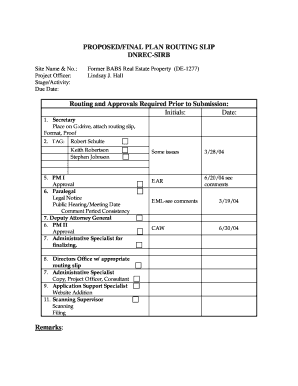
Public Task Handle(IOrderPlaced message, IMessageHandlerContext context)
#ROUTING SLIP MASSTRANSIT CODE#
We’ll use NServiceBus, but the code is readable even if you don’t know NServiceBus or. Since we only have two transitions, we could store the state in the Order entity.

You can find the code on my GitHub account. We’ll discuss three patterns: storing the state in the domain entity, in the message or in a process instance. To better explain these patterns, we’ll implement subflows from the Order Fulfillment enterprise process. This is an important topic when talking about long running processes because long running means stateful. In this article we’ll see where to store the state of a long running process.
#ROUTING SLIP MASSTRANSIT HOW TO#
Is there a more elegant way? I'll need to think about that.In the previous two posts in this series, we’ve seen some examples of long running processes and how to model them. Not too sure how I feel about the enum indicating what batch action to take, and then the switch statement in the ProcessJobConsumer where it conditionally creates the routingslip activity.Also maybe introduce a couple routing slip activities in sequence, to then show compensation.

I'd like to perhaps expand the db to create an actual orderId entity, where the Cancel and Suspend Activities would actually use a DBContext and cancel them.All you do is add the config for the one you want, and on startup it will try to connect to the message broker that has config values present. The Sample allows RabbitMq or AzureSb to be used.In this sample, I want the user to be able to see a history of Batches that were ran and the status of the jobs it processed. It just shows one possibility, if you know your sagas are tightly coupled. It all depends on the domain boundaries of your "microservice". This might not be the best design for your system. I wanted to show, you can link state machines with children using SQL and Foreign Keys.So if you want to re-name "CorrelationId" to something else, all you need to do is add the column name in the entity configuration. MT will pass along the column name to the formatter. Since MT v8, you no longer need to use a custom lock statement provider and formatter, because I didn't want the DB Entities to have CorrelationId, even though the MassTransit ISaga requires the property be called that.My hope is to grow this sample over time, and introduce more documentation that walks through some of the decisions for example: When you are all done, run docker-compose down Comments cancel a delayed batch, after it starts.cancel a delayed batch, before it starts.put in a delay, and it will schedule the Batch to run in the future.But it will only have 10 jobs active and processing at a time. It will make a BatchState saga, and spawn 100 jobs as part of the batch. Click "Try It Out", leave the defaults for now, and then click Execute. So something I would do to start is go to the api/BatchJobs/create. It saves you the trouble of usingĪn additional tool like Postman, or fiddler to trigger the endpoints yourself. Swagger provides a nice interface to see the api's available, and the models/query params for endpoints. in another command window, go into src/SampleBatch.Api and type dotnet run.go into the src/SampleBatch.Service/ directory and type dotnet run -console.



 0 kommentar(er)
0 kommentar(er)
